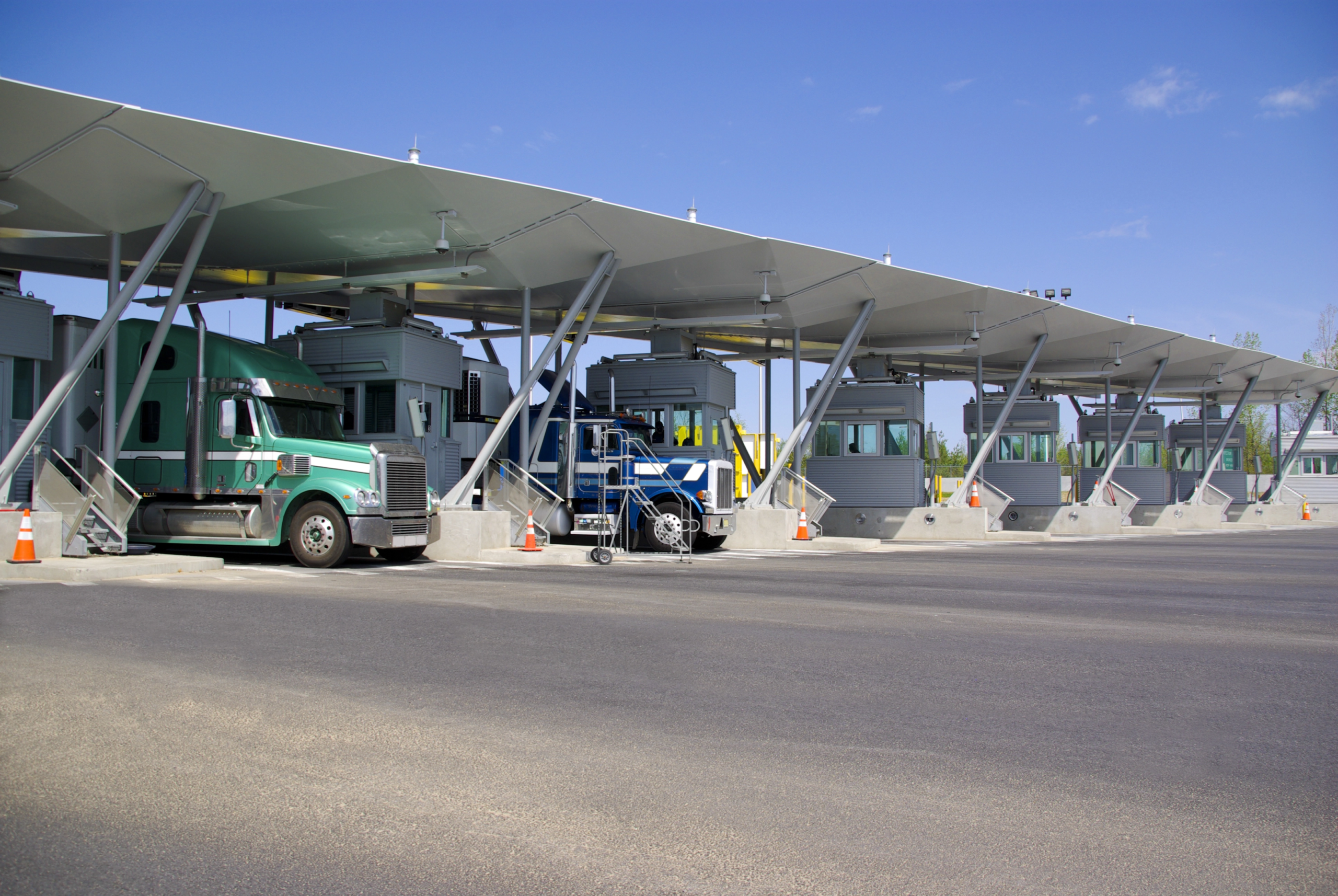In today’s competitive environment, supply chain orchestration is essential for maintaining efficiency and meeting customer expectations. This strategy goes beyond traditional supply chain management. In particular, it integrates real-time visibility, automation tools, and predictive analytics to create a seamless flow of goods and information.
Optimizing inventory management, transportation, and order fulfillment processes can enhance supply chain performance and avoid potential disruptions.

What is Supply Chain Orchestration?
Supply chain orchestration refers to the coordinated management of supply chain operations. It ensures that each step, from production to last-mile delivery, works seamlessly together. Supply chain orchestration involves optimizing warehouse management, procurement, and logistics. The strategy aims to meet client expectations and drive business growth. In addition, with supply chain orchestration, companies can improve their performance, reduce costs, and increase efficiency.
Effective supply chain orchestration relies on real-time visibility into all supply chain stages. Businesses can gain deep insights into their supply chains using artificial intelligence (AI), machine learning (ML), and advanced analytics.
This level of coordination helps companies manage supply chain disruptions, minimize excess inventory, and improve order fulfillment. It also ensures that businesses stay competitive by meeting consumer needs, exceeding customer expectations, and maintaining client satisfaction.
Orchestration is a tool for staying ahead of the competition in today’s global supply chains. It ensures logistics transparency and maintains strong customer relationships.
Key Components of Supply Chain Orchestration
Supply chain orchestration involves integrating multiple key components. They are essential for ensuring operational efficiency and a competitive edge.
By integrating different aspects and stages, businesses can effectively enhance risk management and handle disruptions. With orchestration, businesses can maximize their growth and competitiveness, driving customer satisfaction.
End-to-End Visibility
Having real-time supply chain visibility across supply chains allows businesses to respond quickly to potential disruptions. This improves supply chain performance and ensures greater supply chain transparency.
Collaboration Across the Supply Chain
Effective communication with other parties, such as suppliers, logistics providers, and partners, enables businesses to align strategies and reduce costs. This can enhance order fulfillment and meet consumer expectations.
Demand Forecasting
Understanding customer demand helps businesses optimize inventory and warehouse management. It prevents stockouts or excess stock, which can lead to lost customers or extra storage costs. Accurate forecasting also improves demand management and ensures timely deliveries.
Inventory Management
Balancing inventory across the supply chain is crucial to avoid bottlenecks and reduce holding costs. Proper storage planning can optimize supply flows and improve order fulfillment.
Advanced Analytics and Automation
The use of tools like AI, machine learning, and predictive technologies can help automate tasks and improve decision-making. This streamlines supply chain processes, leading to lower expenses and faster order fulfillment.
Benefits of a Well-Orchestrated Supply Chain
A well-executed supply chain orchestration strategy helps businesses streamline operations, reduce costs, and improve customer experience. Companies can create more agile, efficient, and resilient supply chains with advanced technologies and data-driven processes.
Key benefits include:
Improved supply chain visibility. Businesses can obtain real-time visibility across the entire supply chain. For example, they can use this strategy to track shipments, monitor inventory levels, and respond quickly to potential disruptions.
Enhanced efficiency and cost savings. Automating business operations through AI, predictive analytics, and other automation solutions eliminates manual inefficiencies, reduces delays, and optimizes transportation and warehousing. This results in lower expenses and a smoother fulfillment process.
Demand and storage management. Using demand forecasting and advanced inventory planning, companies can reduce excess stock, avoid stock shortages, and meet consumer expectations. This leads to improved order fulfillment and increased competitiveness.
Stronger risk management. Proactively addressing risks like supplier failures, inconsistent data, and global disruptions can help avoid setbacks. Companies can ensure compliance with regulations while preventing unexpected slowdowns.
Challenges of Supply Chain Orchestration
While orchestration strategy offers numerous benefits for your supply chain operations, businesses can face significant issues implementing and maintaining an efficient system. These obstacles can disrupt supply chain operations, reduce efficiency, and impact a company’s earnings.
Inconsistent data. Poor data collection and fragmented systems lead to inconsistent data, which can make it difficult for supply chain managers to make informed decisions and react quickly to disruptions.
Logistics disruptions. Natural disasters, geopolitical tensions, and unexpected supplier failures can impact global supply chains. Strong responsive strategies are crucial for resilience.
Regulatory compliance and logistics complexities. Navigating compliance requirements and coordinating with several logistics partners can be overwhelming. This can be especially tough in international trade.
Steps to Reach Effective Supply Chain Orchestration
Reaching effective supply chain orchestration requires combining automation technologies and strategic supply chain planning. Companies should integrate data, improve execution processes, and adopt predictive solutions to enhance operations.
Companies can achieve effective supply chain management and gain a competitive advantage with a reliable strategy. This can be especially beneficial in today’s complex global supply chains.
Enhance data integration. This first step is to break down data silos. For that, join supply chain data across systems for better transparency and effective cooperation with logistics partners and clients.
Implement automation. The use of ML, AI, and automated processes can optimize workflows and improve order fulfillment.
Improvedemandf forecasting. The use of advanced technologies and predictive tools helps anticipate customer demand and optimize inventory planning. This can reduce storage expenses, enhancing customer loyalty.
Strengthen risk response. Develop strategies to avoid supply chain bottlenecks and disruptions and ensure business continuity.
Optimize transportation and logistics. Streamline transportation processes, coordinate with logistics providers, and enhance last-mile delivery efficiency.
Smooth Logistics Processes
A well-orchestrated supply chain relies on smooth logistics processes. This keeps operations efficient and cost-effective.
The seamless movement of raw materials, inventory, and finished goods ensures companies can meet market demand while minimizing the risk of disruptions. Strong delivery management, inventory planning, and real-time visibility help enhance efficiency, reduce delays, and optimize costs across the entire supply chain.
Key Supply Chain Processes
Demand planning and forecasting. Orchestration enhances demand planning through the integration of advanced technologies and predictive insights. This leads to more accurate stock levels, reducing the risk of overstocking and stockouts. This can also improve customer satisfaction.
Procurement. Effective supply chain management can automate the procurement process. This enables coordination with suppliers, ensures the timely delivery of raw materials, and reduces operational delays and costs.
Production and inventory management. With supply chain visibility into inventory levels, orchestration helps optimize inventory planning, ensuring products are available without the need for excess stock.
Order fulfillment. Automation solutions help speed up order fulfillment. They reduce the time from order receipt to delivery, meeting consumer demand with greater accuracy and efficiency.
Transportation and logistics. Orchestration helps optimize routes and processes through transportation management systems. For example, it improves delivery speed, reduces fuel costs, and ensures on-time delivery.
Returns and reverse logistics. Orchestration enhances returns management as well. With improved supply chain transparency and streamlined reverse logistics, companies can reduce waste and improve overall supply chain performance.
How LAX Freight Supports Supply Chain Procurement
LAX Freight enhances supply chain execution through advanced logistics solutions. With our reliable experience in the industry, we can optimize your logistics management.
Our dedication to excellence ensures our proactive approach to any logistics challenges. We constantly adapt to the dynamic landscape, embracing technological advancements and industry best practices.
With this, we ensure our clients receive timely, secure, and efficient logistics solutions.
Conclusion
A well-orchestrated supply chain is the key to business success, ensuring smooth logistics operations, better earning potential, and improved customer experience. By leveraging advanced analytics, ML, and real-time supply chain data, businesses can gain a competitive advantage in today’s global supply chains. However, achieving this level of efficiency requires strong logistics partnerships.
At LAX Freight, we provide expert transportation management and logistics solutions to help you streamline operations and exceed customer needs. Contact us today to discover how our tailored supply chain solutions can enhance your order fulfillment operations and improve overall efficiency!


